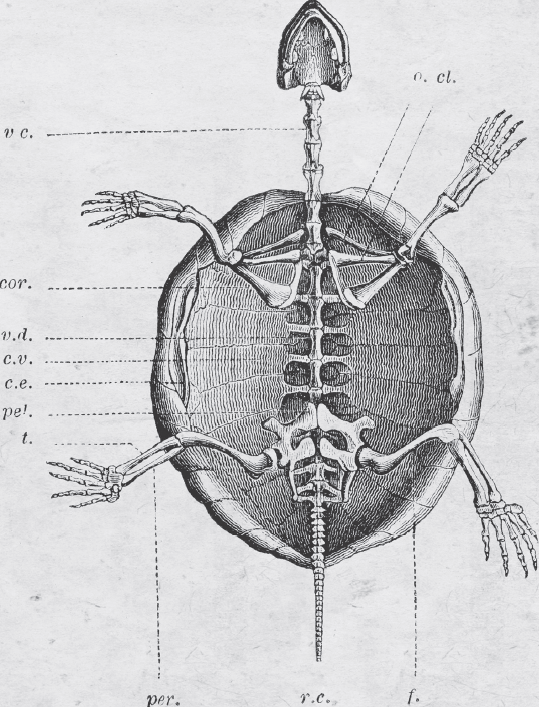This theme of this issue explores connections to the 2004 issue On the Page, which ‘explored the page as a site for performance, as a space for documentation and for the staging of discursive and critical practice’. On An/Notations similarly considers the potential of the surface of the page, alongside other surfaces, including the screen, as sites for engaging with and thinking through performance ideas and processes. Perhaps not surprisingly, if you were to open On the Page alongside On An/Notations you would be struck by how much material appears to be crossing over.

In the 2004 issue, on page 15 John Hall has crossed out words in his text and on page 25 Howard Hollands has included a picture of Sarah Dobai's margin notes written on a text of Henri Bergson. Pages 55–62 are entirely marked-up texts, traces of a 30-minute conversation initiated by Nick Thurston. And so on throughout that issue, pages are giving themselves up as sites for experimentation with unique forms of comment and commentary, marks made across, around and under, drawing the reader into making connections that lie in the spaces in between the time of the first inscription and the second. And it is the second that is the annotation, or so it may seem.
When we sent the call out for contributions, we really did not know what to expect. Over the last several years, we had begun to develop an interest in the use of annotation in choreographic documentation projects, and it seemed timely as a theme on which to base an issue of Performance Research. The eighteen diverse contributions selected for the issue provided us with opportunities to contemplate this theme and continue to ask some of our questions about it. Does annotation offer some kind of alternative for documenting and analysing performance? What are its roots as a practice and what kinds of (new) tools are available for doing annotation? Who is using them and why? What is the impact on scholarship, pedagogy and artistic production?
Across the contributions to this issue, several through lines are apparent. One is that there are no strict distinctions between annotation and notation as markmaking when marking is an extension of thinking, not merely a recording. Still there is the time the mark is made and in what relation, in time, to a previous mark so that reading into this relationship becomes the work of bringing together two separate moments of inscription. Annotation is not limited to the visual, but can involve slippage between the eye and the ear, and as a kind of a manual task it can be tedious, repetitive and tiring as well as confusing as to what may be seen once and recognized, seen twice and not. From task to tool, computer software makes annotations shareable and extendable, available to automation and database integration. On-line and in mind, social media interaction is triggered building comment upon comment, and the imagination is harnessed through a process of selecting aspects of an image for inspection and further development. Video time-line annotation can do transformative things with the temporal frame of an event. Annotation as a way of thinking (again) … and of sensing and pressing, marking the surface, skin as surface. Delineating perspective, politics of authorship, multiple and derivative, second order but without the chance to be erased or easily denied, claiming a place. Or fi nding in erasure evidence of pressures to conform and to self-censor material before publication. Several contributions explore the intersection between and even integration of annotation and performance, presenting mark-making as performance. In these works, the circuit between performance and annotation generates an active and iterative dialogue. This blurring the boundary between annotation and performance suggests that one may consider all annotation, almost by defi nition, performative …
“ … materialization of creative thinking”
Cassiers , etal.
“ … without fi xing that that is contingent as a literal sign?”
Cocker , etal.
“ … delivered live between the spoken lines of dialogue”
Margolies
“ … culturally marked skin that is further marked” Purkayastha
“ … gaining insight in spatial and rhythmical patterns” Karreman
“ … to analyse, re-present and reveal the shapes, relations and traces”
Blades
“ … makes it possible to comment on and refi ne the information” Bardiot
“ … a new type of literary reception study in the digital age”
van der Starre
“ … facilitate or inhibit cognitive processes of memory and perception”
Hansen & House
“ … to create a framework for analysing and comparing” Jenett
“ … processes of pressing, printing, touching and capturing”
Brown
“ … and who has benefi ted from it?”
Melrose, et al
“ … to help imagine a work's persistence” Ellis
“Drawing our attention to the page's unstable temporality” Goss
“ … to make knowledge about these making practices ( … ) available”
Rutgeerts, et al
“ … the slippage between the ecologies of the live and the environments of the documented”
Hind & Winters
“the performance of readership” Gallier
“ … the footnote as a valuable metaphor in both the creation and the reading”
Smith
In summary, this collection does more than simply open up the terrain around our own questions about performance documentation. As a whole and in parts, these contributions suggest and reveal a rich and varied domain of processes and practices circling around, intersecting and ultimately exposing new questions for us to consider. For this we wish to sincerely thank all the contributors to this issue, and we hope they are as stimulated by the juxtaposition and overlaps contained within as we are.
